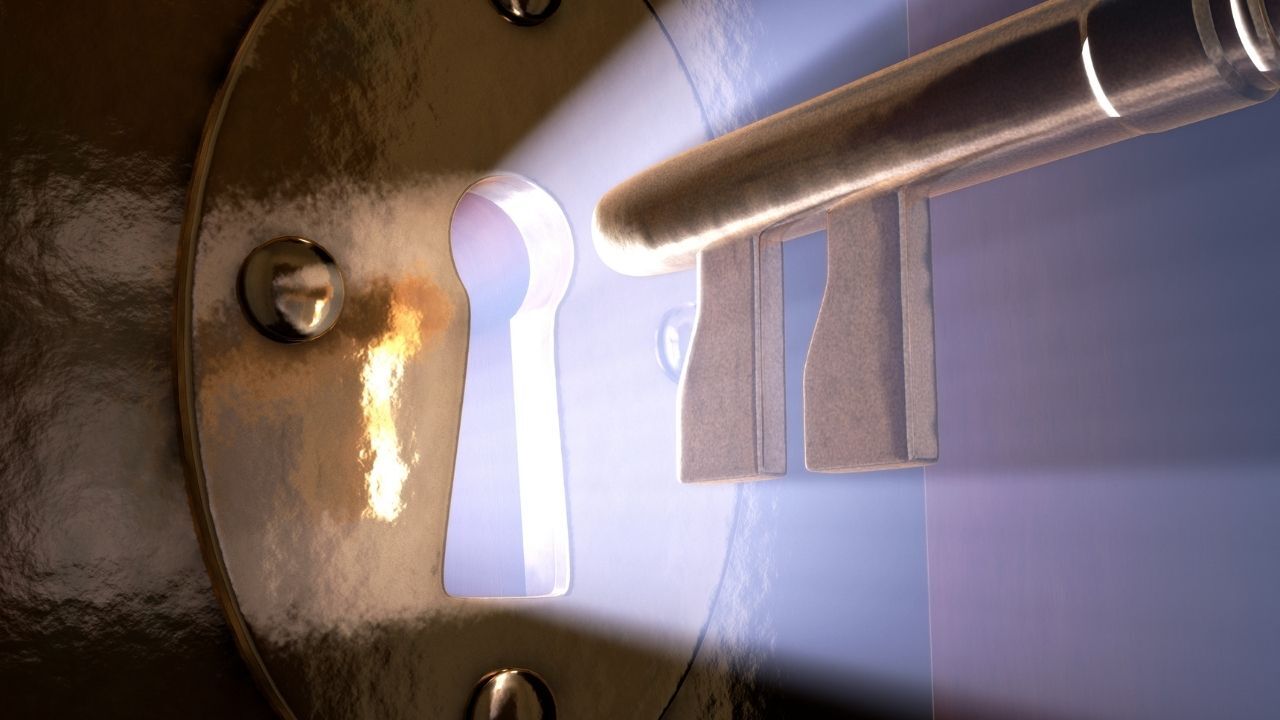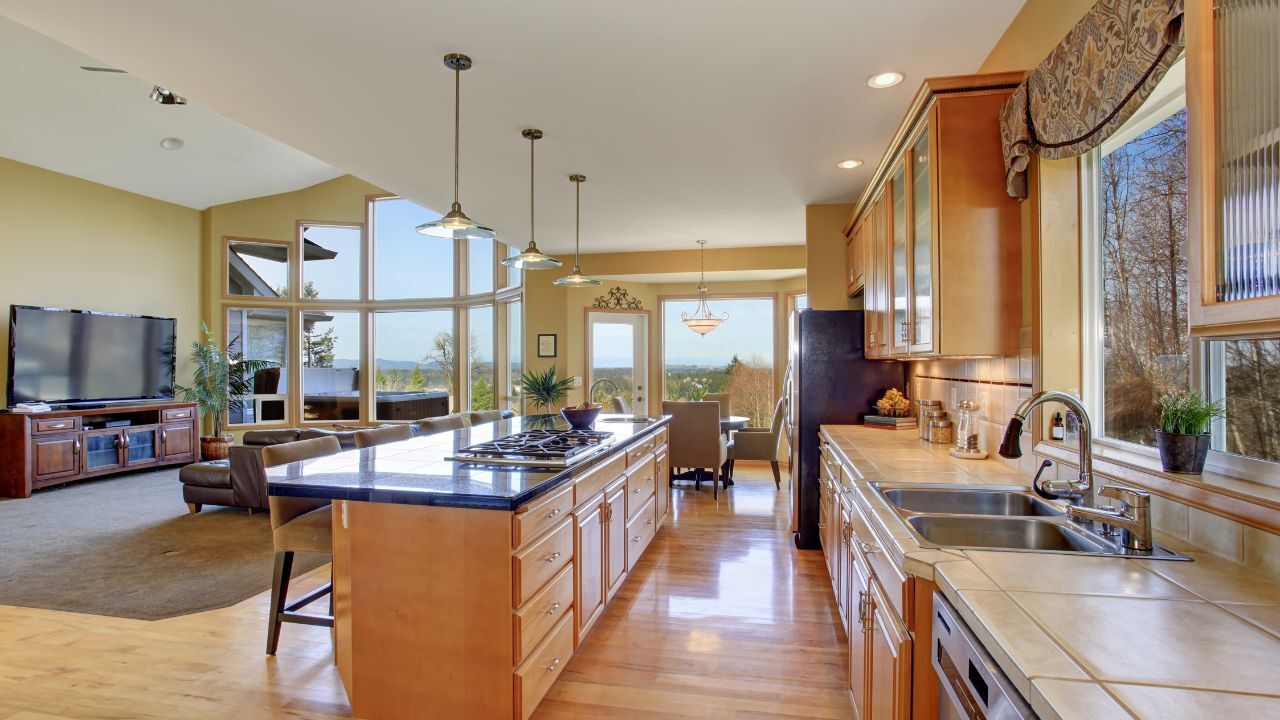 Your home is likely one of your most valuable investments, which is why understanding home appraisals is essential. Whether youíre buying, selling, or refinancing, knowing what an appraisal involves can help you make informed decisions.
Your home is likely one of your most valuable investments, which is why understanding home appraisals is essential. Whether youíre buying, selling, or refinancing, knowing what an appraisal involves can help you make informed decisions.
What is a Home Appraisal and Why Does It Matter?
A home appraisal is a professional estimate of your property’s value. It’s often requested by lenders to ensure that a home’s price aligns with its fair market value. Appraisers evaluate factors like the property’s condition, size, age, layout, and features when determining its worth.
It’s important to note that an appraisal is not the same as a home inspection. Inspections focus on the property’s condition and identify any necessary repairs, while appraisals focus on its monetary value.
How Appraisers Determine Your Home’s Value
Appraisers rely on three key factors:
- Property Condition and Size – Larger homes typically have higher values, but layout, design, and overall upkeep also matter.
- Comparable Sales – Recent sales of similar properties help determine what buyers are willing to pay.
- Market Trends – Broader market conditions and demand can influence your homeís appraised value.
By evaluating these factors together, appraisers arrive at a professional estimate of your homeís worth.
What’s Included in an Appraisal Report?
An appraisal report provides an in-depth look at your homeís value. It usually includes:
- A description of the property and its features
- Recent sales of comparable properties
- Trends that may affect value
- The appraiser’s professional opinion on the property’s best use
This report is a key tool for buyers, sellers, and lenders in making informed decisions.
Factors That Can Affect Your Appraisal
Several things can influence the outcome of an appraisal:
- Renovations or Upgrades – Improvements like modernized kitchens or bathrooms can increase value.
- Property Age and Condition – Older homes or those needing repairs may appraise lower.
- Market Conditions – Shifts in local demand or a decline in comparable sales can impact value.
How to Boost Your Home’s Appraisal Value
To maximize your homeís appraised value, focus on improvements that make a strong impression:
- Update key spaces like kitchens and bathrooms
- Freshen paint and flooring
- Replace outdated windows or fixtures
- Maintain landscaping and curb appeal
Small updates can make a noticeable difference in how your home is valued.
Timeline and Costs of an Appraisal
The appraisal process usually takes 2-4 weeks. After visiting the property and reviewing comparable sales, the appraiser provides a written report. Costs typically range between $400 and $1,000, depending on the property’s size and complexity.
Keep in mind that appraised value and market value are not always the same. While the appraisal estimates your homeís worth, the market value reflects what buyers are willing to pay.
Home appraisals are a crucial part of buying, selling, or refinancing. Understanding how they work and what influences value can help you protect one of your most significant investments. By preparing your home and staying informed, you can ensure the process is fair and accurate.
 When you are planning to buy a home, there is one number that should never be overlooked: property taxes.
When you are planning to buy a home, there is one number that should never be overlooked: property taxes. When it comes to selling a home, many people assume that success depends on luck, timing, or even the perfect buyer stumbling across the listing. But the truth is, most successful sellers share one common strategy, and it has little to do with home staging, marketing, or even upgrades. The key? Getting the price right from the very beginning.
When it comes to selling a home, many people assume that success depends on luck, timing, or even the perfect buyer stumbling across the listing. But the truth is, most successful sellers share one common strategy, and it has little to do with home staging, marketing, or even upgrades. The key? Getting the price right from the very beginning.
 Investing in real estate can be a powerful way to build wealth, but not all properties are created equal. The key to successful investment is identifying opportunities before the competition does. From understanding market trends to analyzing property fundamentals, knowing what to look for can make all the difference between a profitable investment and a costly mistake.
Investing in real estate can be a powerful way to build wealth, but not all properties are created equal. The key to successful investment is identifying opportunities before the competition does. From understanding market trends to analyzing property fundamentals, knowing what to look for can make all the difference between a profitable investment and a costly mistake. When buyers walk into a home, their attention is often drawn to one particular space more than any other, the kitchen. It is no coincidence that real estate professionals often call the kitchen the heart of the home. Beyond its practical function, the kitchen carries emotional and psychological weight that can influence a buyer’s decision more than any other room.
When buyers walk into a home, their attention is often drawn to one particular space more than any other, the kitchen. It is no coincidence that real estate professionals often call the kitchen the heart of the home. Beyond its practical function, the kitchen carries emotional and psychological weight that can influence a buyer’s decision more than any other room.